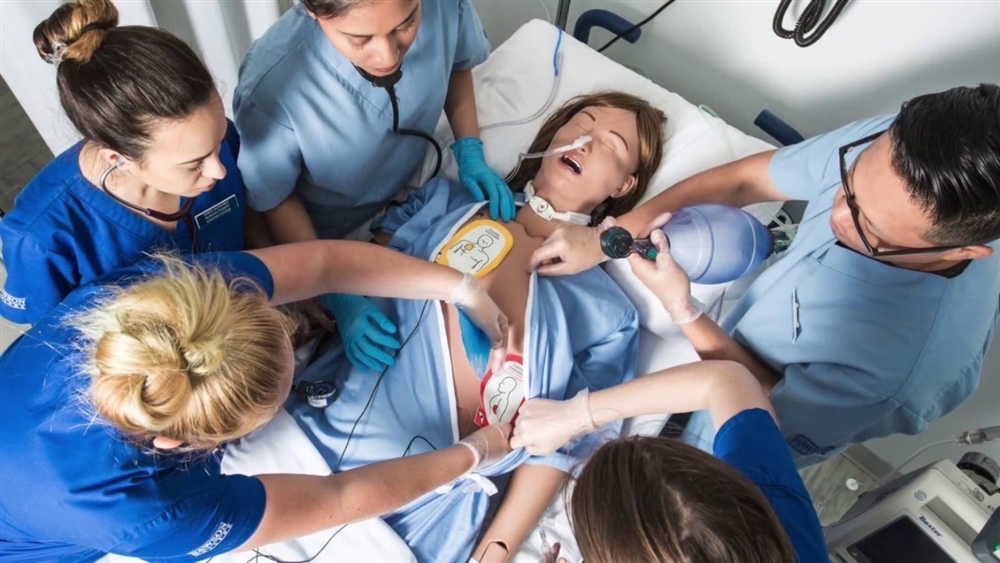ICU-IS-SIM is The Alfred ICU’s In Situ Simulation program, coordinated by Dr Chris Nickson. Each week we aim to involved at least 10-20 staff members as active participants in our in situ simulation sessions. This is typically performed within the unit, using real equipment, with team members performing their usual roles. Physical fidelity is achieved using simulation manikins or simulated patients in conjunction with iPads running the iSimulate ALSi software.
The sessions are designed to help staff develop the technical and non-technical skills required to function as a effective team in critical situations. An emphasis is placed on inter-professional communication and teamwork. Scenarios are based on core knowledge requirements, perceived knowledge gaps identified in other parts of the educational program, known high risk situations and sentinel events.
Simulation-based education is also used in other aspects of The Alfred ICU Education program, including Tuesday teaching for senior registrars and regular sessions at the Center for Health Innovation simulation center (using SimMan 3G) during Wednesday afternoon teaching for all junior medical staff. We also use simulation to develop and fine tune processes within the ICU, such as our ECPR program and checklist development for emergency intubation and patient transport.
Scenarios from the ICU-IS-SIM program are provided as free-to-view google documents so that others can use and modify for their own education purposes. The scenarios are continually being revised and improved. Current free scenarios include:
Airway scenarios
- Traumatic brain injury (TBI) and previous burns
- Recognition of endotracheal tube dislodgement
Cardiac and cardiothoracic ICU
- Pericardial tamponade post-cardiac surgery
- Emergency intubation of a patient with dilated cardiomyopathy and cardiogenic shock
End of life and organ donation scenarios
- Determination of Death for Donation after Circulatory Death (DCD)
Haemodynamics / Shock and vasopressors
- Hypotension due to disconnected inotropes
- Hypertension due to measurement error
- Hypotension in a trauma patient in ICU
Neurocritical care
- Deteriorating GCS and raised ICP in a TBI patient (pending)
- Intubation of a patient with myasthaenia gravis (pending)
- Intubation of a patient with Guillain-Barre Syndrome (pending)
Renal
- Hyperkalemia and cardiac arrest due to acute kidney injury (AKI)
Respiratory
- Emergency intubation of severe asthma
Resuscitation
- Unanticipated VF arrest in the ICU
Sedation and delirium
- Delirium, physical restraints and aspiration
- Management of an agitated patient with delirium
Sepsis and infectious diseases
- Intubation of a patient with septic shock and severe metabolic acidosis
Tracheostomy emergencies
- Respiratory distress in a patient with a tracheostomy following traumatic brain injury (TBI)
- Respiratory distress in a tracheotomized obese patient with tetanus
Trauma and Burns
- Hypotension in a trauma patient in ICU
- Emergency intubation of a patient with Traumatic Brain Injury (TBI) and Burns
- Airway emergency in a patient with facial burns and a wired ETT
Toxicology
- Unverified overdose with occult calcium channel toxicity










